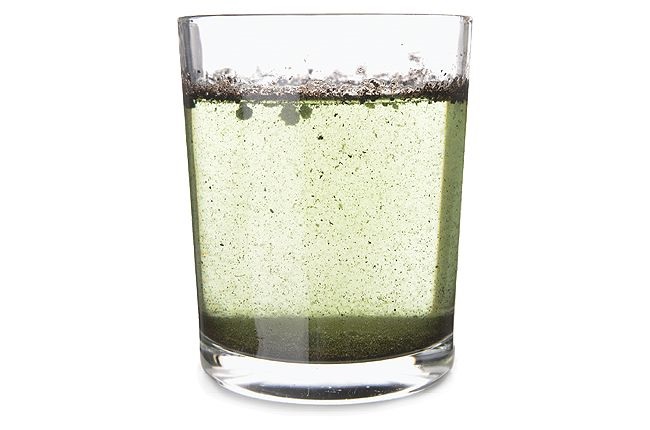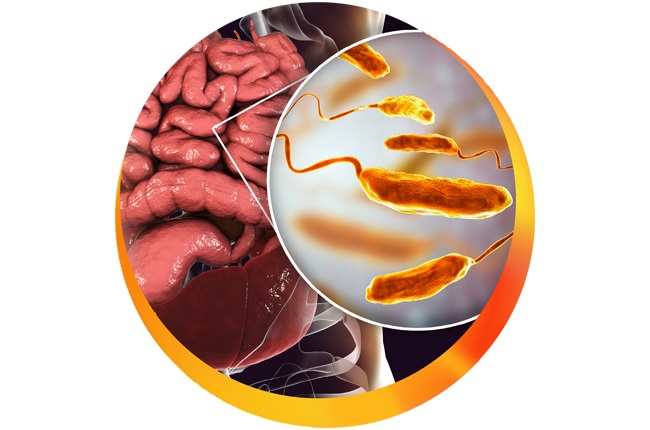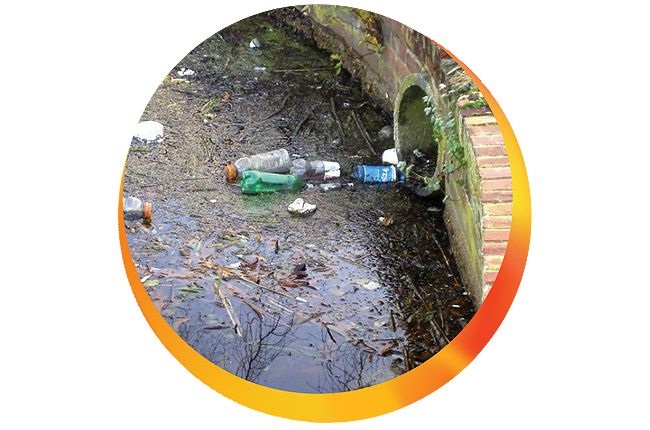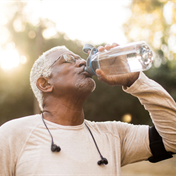
Did you know?
4 billion cases of diarrhoea occur every year. Of these, 88% is attributable to unsafe water and inadequate sanitation and hygiene. The vast majority of people who die from diarrhoea-related diseases are children under the age of 5 years. 94 % of diarrhoea cases can be prevented through access to clean drinking water, and improved sanitation and hygiene.
(Image: Supplied)
Good quality water reduces common diarrhoea-related diseases.
Water of good quality is free from disease-causing bacteria, viruses, and parasites. In South Africa, our water is considered safe for use when no indicator organisms are found for 95% of water samples tested during any given year. Indicator organisms are micro-organisms which are found in large numbers in faeces (poop) and faecally polluted water such as E. coli. Their presence means that the water is not safe to drink.
How do our water sources become polluted or contaminated?
Water resources can be directly contaminated by natural runoff from rainfall events or can be polluted by untreated sewage wastes or intensive animal feedlots.
(Image: Supplied)
How do these diarrhoea causing micro-organisms enter the body?
Micro-organisms in contaminated water enter our bodies through the water that we drink and the food that we eat.
Common diarrhoeal illnesses caused by contaminated water include cholera, travelers’ diarrhoea, and Gastroenteritis.
Cholera
Infection of the intestine by cholera bacteria causes a sudden onset of diarrhoea. The cholera bacterium is found in water or food contaminated by faeces from a person infected with cholera. Cholera can spread quickly in areas with inadequate treatment of sewage or drinking water. Some people with cholera may have only mild symptoms. About 1 in 10 people will develop severe watery diarrhoea, vomiting and leg cramps. Rapid loss of body fluids leads to dehydration, shock, and even death.
Travelers’ diarrhoea
Travellers’ diarrhoea is an infection characterised by diarrhoea, nausea and vomiting and commonly occurs in people who travel to areas of the world with poor water purification. Organisms causing Travellers’ diarrhoea are ingested via contaminated water, fruit, uncooked vegetables, or food left in open containers. Even brushing teeth or using ice cubes made from contaminated water can cause travellers’ diarrhoea. One of the bacteria most associated with travellers’ diarrhoea is E. coli.
Gastroenteritis
Gastroenteritis is characterized by a sudden onset of watery diarrhoea and vomiting often accompanied by fever and sometimes stomach cramps. It can spread rapidly within families living together or groups of people using the same utensils. It is important to know that the organisms causing gastroenteritis can survive freezing, thus ice cubes made from contaminated water can be a significant source of infection.
Treatment of diarrhoea related diseases caused by water contamination.
Rehydration with an oral rehydration solution remains the most important treatment for diarrhoea-related diseases.
There are several types of medicines for acute diarrhoea, for example:
> Intestinal anti-infectives: to be reserved for cases assumed to be bacterial in origin.
> Medicines that slow down transit: they reduce the contractions in the intestines and slow down stool output.
> Probiotics: aimed at acting on the intestinal flora.
> Adsorbents: binds to the viruses and bacteria to eliminate them through the stool. Not recommended in children.
(Image: Supplied)
Tips to prevent diarrhoea caused by contaminated water.
Ø Never drink untreated water.
Ø If unsure about the water quality, rather boil water vigorously for at least 5 minutes and keep it simmering for another 15 minutes (take care to avoid burns).
Ø Always store clean drinking water in a clean container.4 Avoid recontamination of water by dirty hands or utensils.
Ø Water can be disinfected by one teaspoon of domestic bleach to 20 liters of water. Leave for 1 hour before drinking.
Ø Wash hands often with soap and clean water, especially before you eat, prepare food, or after using the bathroom.
Ø Eat foods that are packaged or freshly cooked and served hot. Avoid raw or undercooked meats and seafood, or raw or undercooked fruits or vegetables, unless they are peeled.
Ø Avoid ice cubes if unsure about the water quality unless the water has been boiled.
Ø When travelling to areas with possible inadequate sanitation. Rather drink bottled carbonated water and use bottled water to brush teeth.
This post and content is sponsored, written and provided by Smecta & Acino.




 Publications
Publications
 Partners
Partners

















